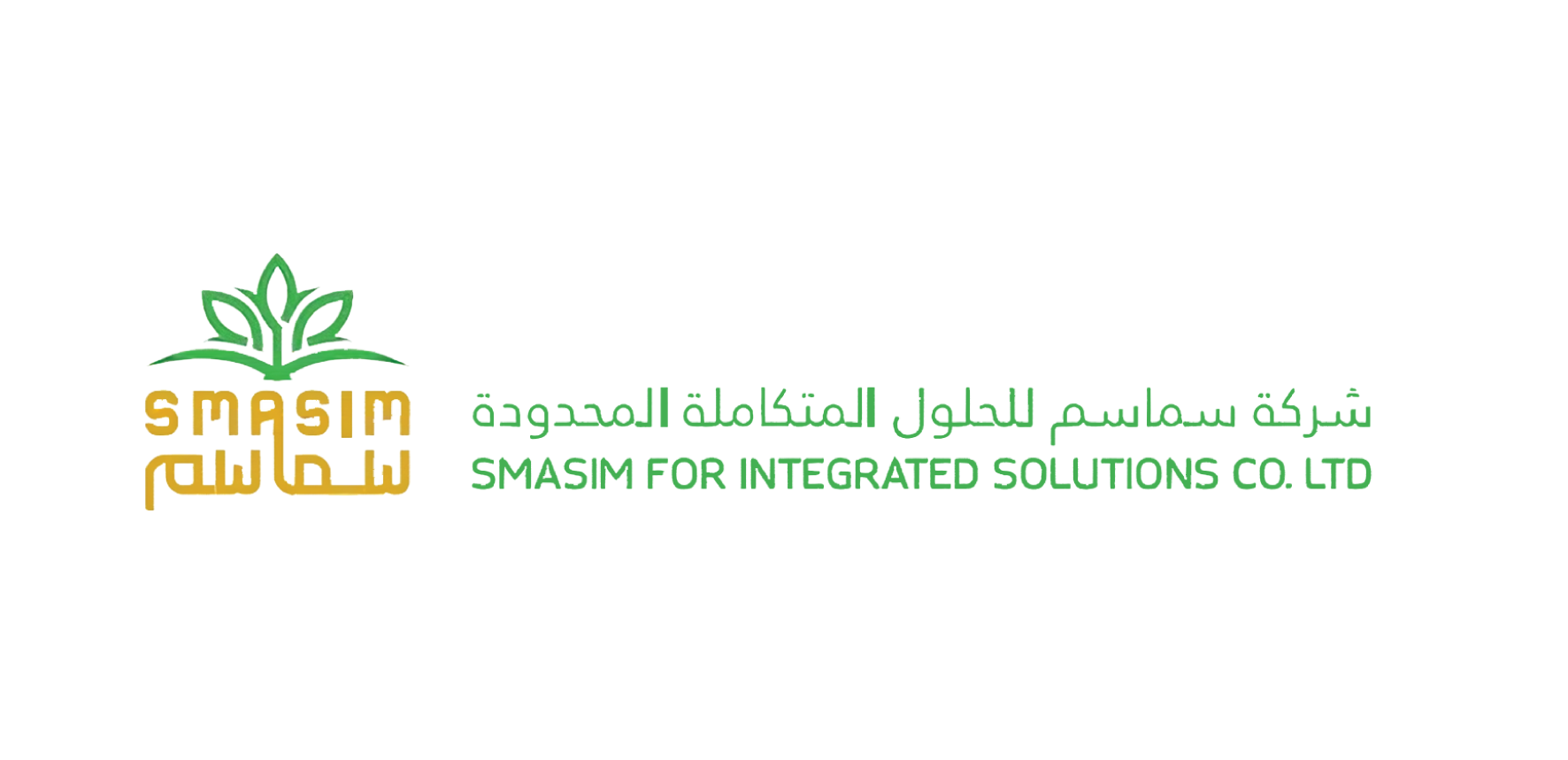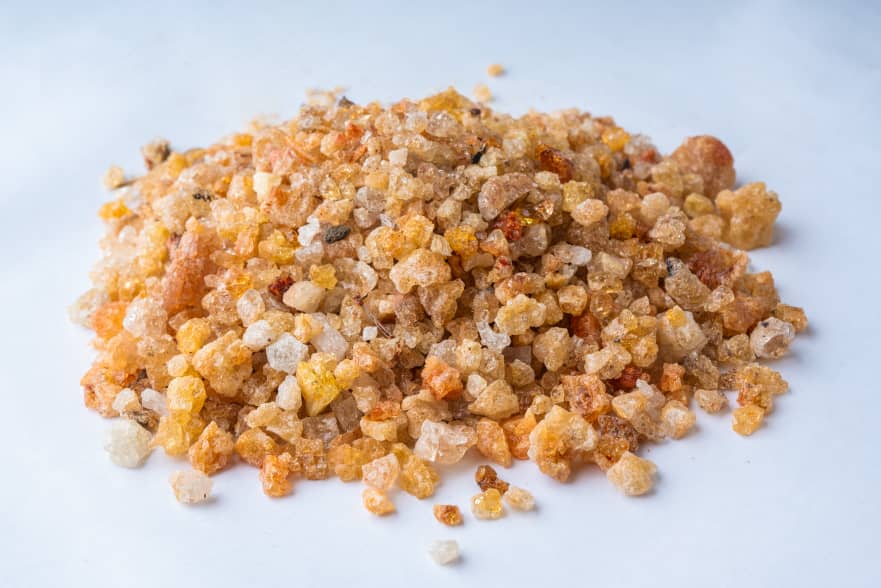Arabic Gum
Arabic Gum
Also known as acacia gum, kordofan, meska, char goond is a natural gum made of the hardened sap of various species of the acacia tree.
Arabic Gum is harvested from two types of wild Acacia trees, one is Acacia Senegal tree and other is Acacia Seyal.
This resin is obtained through special tappings made on the trunk of the tree. The resinous liquid which comes out of the tappings to heal the cuts on the bark, thickens on contact with the air, forming a hard and glassy gum. Arabic Gum is edible and has E number E414.
Product Description
WHAT IS ARABIC GUM?
Also known as acacia gum, kordofan, meska, char goond is
a natural gum made of the hardened sap of various species of the acacia tree.
Arabic Gum is harvested from two types of wild Acacia trees, one is Acacia Senegal tree and other is Acacia Seyal.
This resin is obtained through special tappings made on the trunk of the tree. The resinous liquid which comes out of the tappings to heal the cuts on the bark, thickens on contact with the air, forming a hard and glassy gum.
Arabic Gum is edible and has E number E414.
SOURCE OF ARABIC GUM
Arabic Gum, also known as gum arabic, is obtained from the gum belt of Africa. This belt stretches from Senegal in the west to Sudan in the east, which is also referred to as the African Sahel region.
During the period from the 1950s to the early 1990s, Sudan was responsible for approximately 80% of the global production of Arabic Gum. However, in recent times, this percentage has likely decreased to below 50%. Nevertheless, Sudan continues to maintain its position as the largest individual producer of Arabic Gum worldwide.
GENERAL USES
Arabic Gum serves as a stabilizer primarily in the food industry. It is an essential component in traditional lithography and finds applications in printing, paint production, glue, cosmetics, and various industrial sectors. It effectively controls viscosity in inks and is utilized in the textile industry. However, for certain roles, more cost-effective alternatives have emerged, challenging its dominance.
- Arabic Gum is additionally employed as a water-soluble adhesive in the formulation of fireworks.
- Arabic Gum is employed as a watercolor painting binder due to its effortless dissolution in water.
- Arabic Gum finds extensive application across the globe in various industries. It is employed in a wide range of products, including beverage emulsions, confections, and functional dietary fiber. Moreover, Arabic Gum is also incorporated into everyday food and beverages such as granola bars and soft drinks.
- Arabic Gum has been utilized for centuries as an additive in ceramic glazes. It serves as both an emulsifier and a thickening agent in various confectionery treats, including icing, fillings, and chewing gum.

